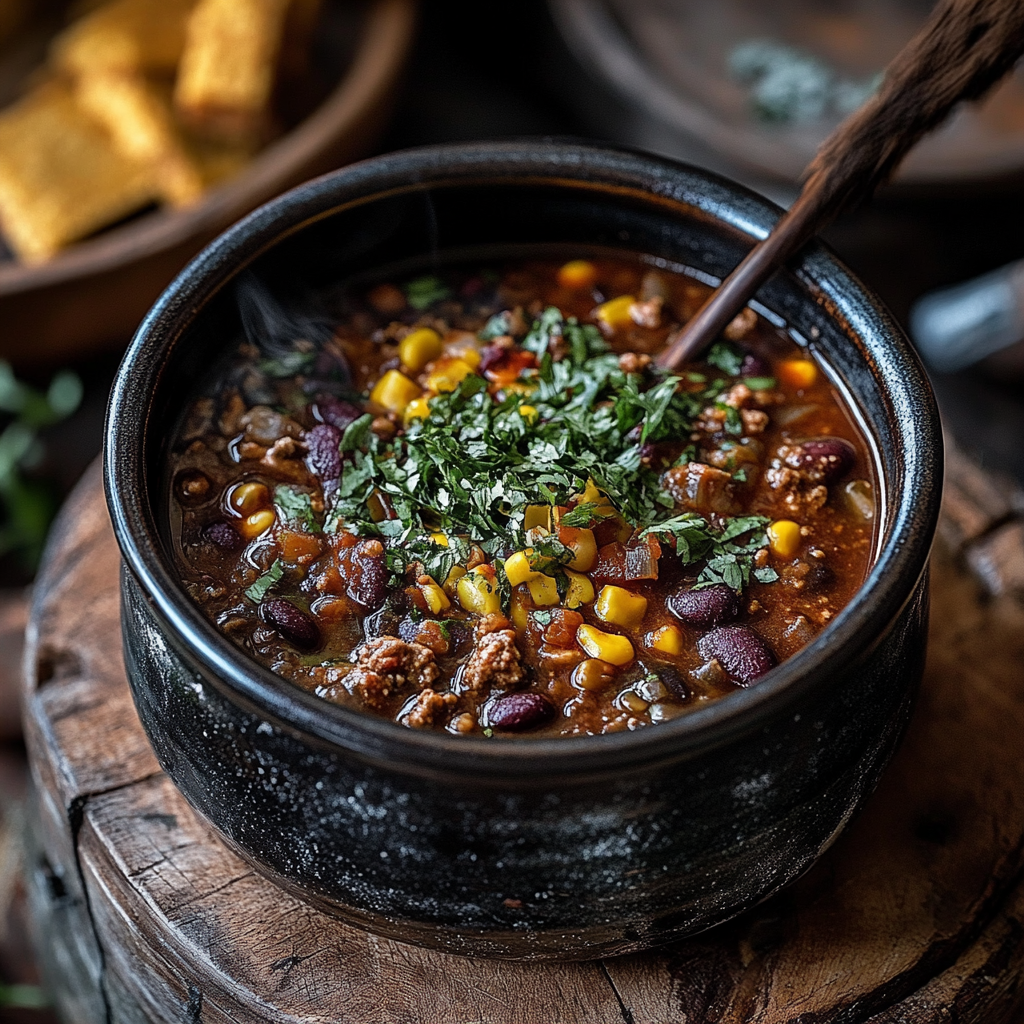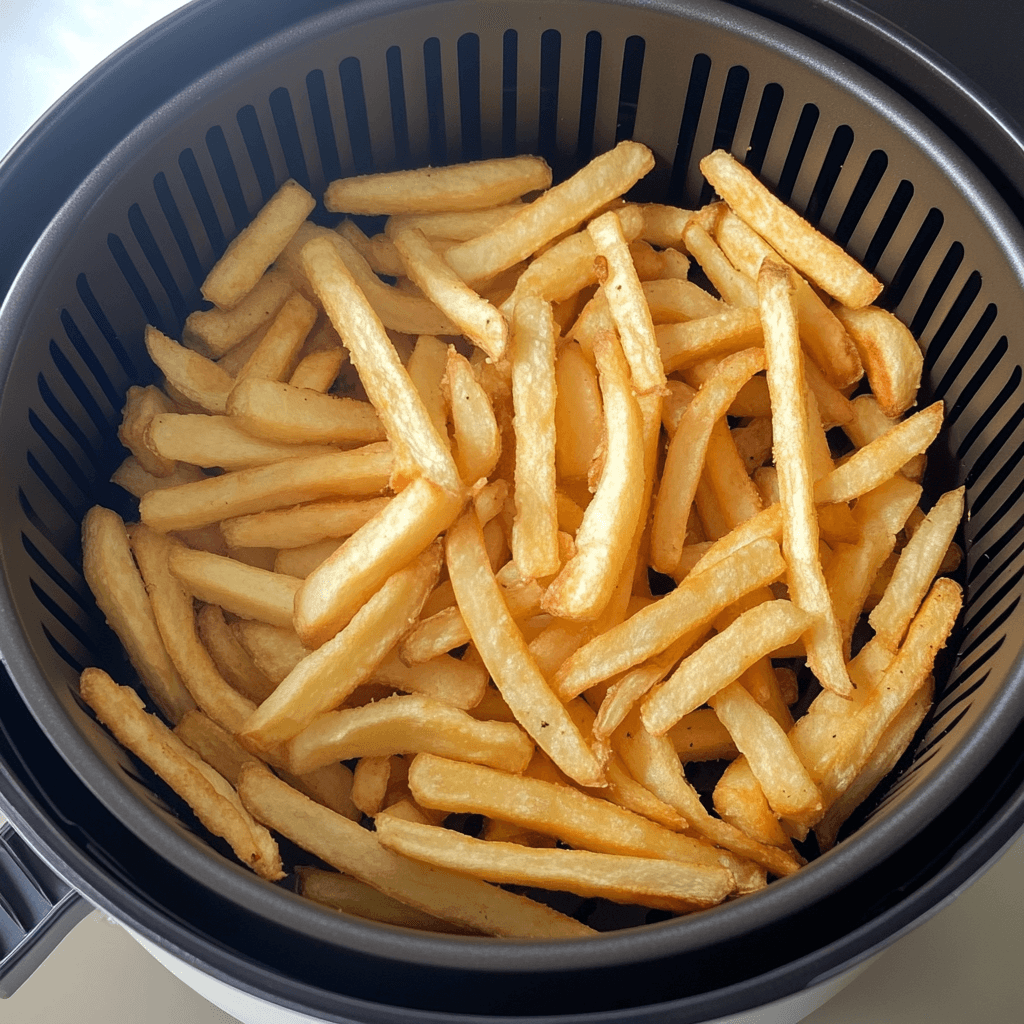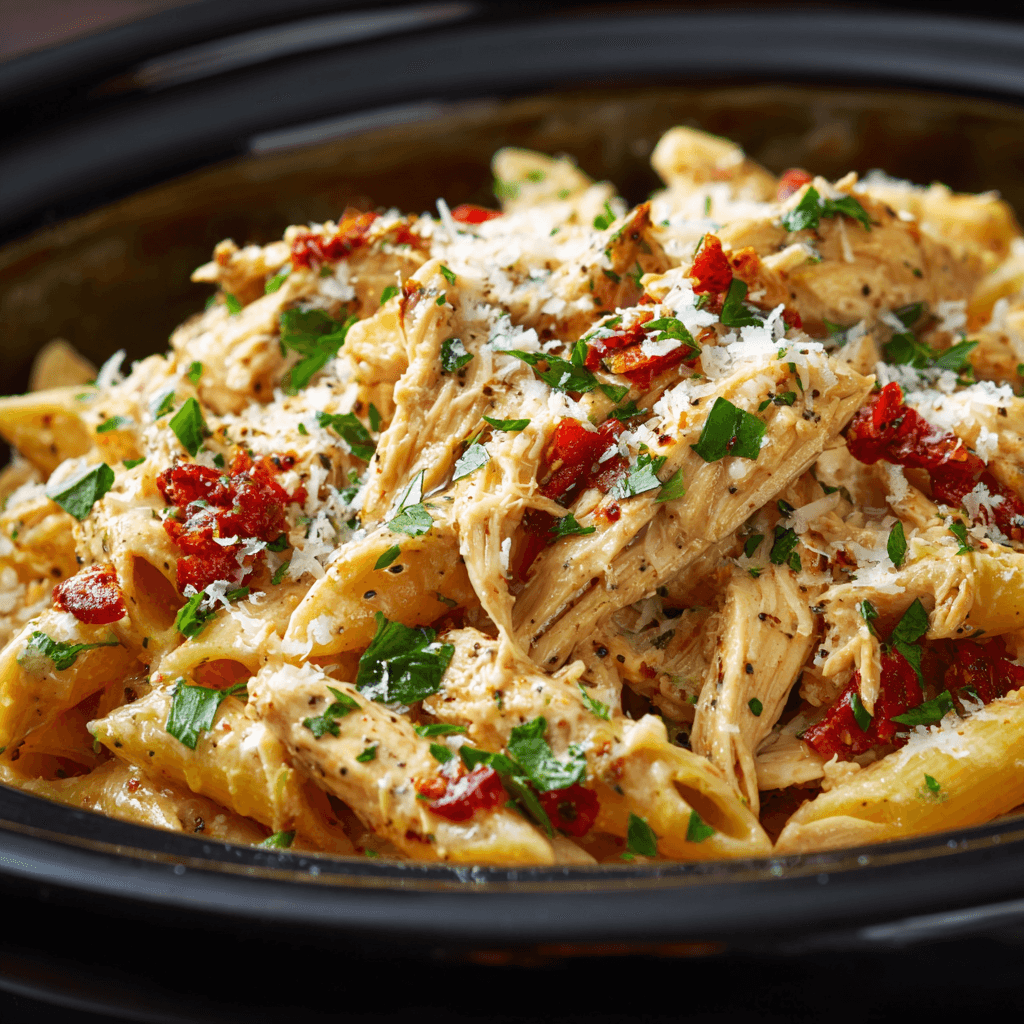Revised Introduction with Keyphrase
Cowboy chili is a hearty, flavorful dish that embodies the rustic charm of the American West. This Cowboy Chili Recipe combines tender meats, bold spices, and simple ingredients to create a comforting meal perfect for any occasion. Whether you’re hosting a gathering, preparing a family dinner, or craving something warm and satisfying, this Cowboy Chili Recipe is a must-try. With its rich flavors and endless customization options, it’s no wonder cowboy chili remains a timeless favorite.
The Rustic Charm of Cowboy-Style Cooking
Cowboy chili captures the essence of outdoor cooking, with its emphasis on minimal ingredients and robust flavors. Originally cooked over campfires in cast iron pots, the recipe reflects the ingenuity and resourcefulness of cowboys who needed filling, nutritious meals during long cattle drives. Its earthy, smoky flavors bring a touch of the outdoors to any dining table.
Why Cowboy Chili Remains a Timeless Favorite
Cowboy chili continues to be a favorite for its versatility and ability to bring people together. Whether served at a family dinner, potluck, or backyard gathering, it’s a dish that’s as comforting as it is crowd-pleasing. Its bold flavors and hearty ingredients make it perfect for satisfying big appetites, while its nostalgic roots keep it close to the hearts of many.
2. History of Cowboy Chili
Origins of Cowboy Chili
The origins of cowboy chili date back to the 19th century, when cowboys traversing the American West needed easy-to-prepare meals that could be cooked in a single pot. Ingredients like dried chiles, beans, and beef were staples due to their availability and long shelf life. This simple yet flavorful dish became a cornerstone of cowboy cuisine.
Its Role in American Cowboy Culture
Cowboy chili was more than just sustenance—it was a morale booster during grueling cattle drives. Cooked over open fires, it provided warmth and nourishment after long days of herding cattle. It became a symbol of camaraderie among cowboys, who gathered around the pot to share stories and bond over a shared meal.
Evolution of the Recipe Over the Years
While the original recipe was straightforward and utilitarian, cowboy chili has evolved to include a variety of ingredients and regional influences. Modern versions often feature ground sausage, additional spices, and creative toppings. Some recipes omit beans entirely, staying true to the purist Texan style, while others embrace a mix of beans and vegetables to add depth and texture.
3. Ingredients Needed for Cowboy Chili
Proteins: Ground Beef, Sausage, and More
The foundation of cowboy chili is its rich protein base:
- Ground Beef: The traditional choice, providing a hearty, savory flavor.
- Ground Sausage: Adds a spiced and smoky dimension.
- Alternative Proteins: Cubed beef, turkey, or plant-based substitutes can be used to adapt the recipe for different tastes or dietary needs.
Beans: Pinto, Kidney, or None at All
Beans are often a point of contention in chili recipes, and cowboy chili is no exception:
- Pinto Beans: The most traditional choice, offering a creamy texture and mild flavor.
- Kidney Beans: Add a firmer texture and slightly nutty taste.
- No Beans: For purists, cowboy chili skips beans entirely, focusing solely on the meat and spices.
Fresh and Canned Vegetables
Vegetables enhance the flavor and texture of cowboy chili:
- Fresh Vegetables: Diced onions, garlic, and bell peppers form the aromatic base.
- Canned Vegetables: Crushed or diced tomatoes add a rich, tangy element, while canned green chiles bring a mild heat.
With these ingredients, cowboy chili captures the hearty, rustic flavors that have made it a timeless dish.
4. Choosing the Right Spices for Cowboy Chili
Essential Spices for Depth of Flavor
The key to a great cowboy chili is its robust and layered spice profile:
- Chili Powder: The backbone of the dish, providing bold and earthy heat.
- Cumin: Adds a warm, nutty undertone that enhances the overall flavor.
- Paprika: Both sweet and smoked varieties work well to add depth.
- Oregano: Brings a herbaceous, slightly bitter note that balances the spices.
- Garlic Powder and Onion Powder: Complement fresh aromatics, adding richness.
How to Balance Heat and Smokiness
- Heat: Adjust the spice level with cayenne pepper or fresh chili peppers like jalapeños or serranos. For milder heat, use diced green chiles.
- Smokiness: Add chipotle powder, smoked paprika, or even a splash of liquid smoke for a smoky flavor that echoes campfire cooking.
Customizing Spice Blends
Customize your cowboy chili to suit your taste preferences:
- For sweetness, add a pinch of cinnamon or cocoa powder.
- For tanginess, stir in a splash of lime juice or vinegar.
- Experiment with spice ratios to make the recipe uniquely yours.
5. Step-by-Step Cooking Instructions
Preparing the Ingredients
- Gather Ingredients: Assemble all the proteins, beans, vegetables, and spices.
- Chop Vegetables: Dice onions, garlic, and bell peppers for the base.
- Drain and Rinse Beans: If using canned beans, prepare them for cooking.
Browning the Meat and Sautéing Vegetables
- Brown the Meat: Heat a large pot over medium heat. Add ground beef, sausage, or your chosen protein and cook until browned. Drain excess fat if necessary.
- Sauté Vegetables: Add diced onions, garlic, and bell peppers to the pot. Cook until softened and fragrant, about 5 minutes.
Building Flavors with Spices and Broth
- Add Spices: Stir in chili powder, cumin, paprika, and other spices. Let them toast for 1–2 minutes to enhance their flavor.
- Incorporate Liquids: Add diced or crushed tomatoes, broth, and any additional liquid ingredients like beer or water. Stir well.
- Simmer: Reduce the heat to low, cover, and let the chili simmer for 30–45 minutes, stirring occasionally. This allows the flavors to meld and the chili to thicken.
- Taste and Adjust: Adjust seasoning as needed, adding salt, pepper, or additional spices to suit your taste.
6. Variations of Cowboy Chili
No-Bean Cowboy Chili
Stay true to Texan tradition by omitting beans entirely:
- Use a mix of ground beef and cubed steak for a hearty texture.
- Focus on bold spices and rich broth to build depth of flavor.
- Add extra tomatoes and peppers to maintain the chili’s body.
Spicy Cowboy Chili
Turn up the heat for a fiery twist:
- Incorporate fresh chili peppers like habaneros or serranos.
- Use chipotle peppers in adobo sauce for a smoky, spicy kick.
- Finish with a splash of hot sauce or a sprinkle of cayenne for extra heat.
Vegetarian Cowboy Chili
For a plant-based version, swap out meat for hearty vegetables and proteins:
- Use beans like black, pinto, or kidney beans as the main protein source.
- Add diced sweet potatoes, zucchini, or mushrooms for texture and flavor.
- Use vegetable broth and load up on spices to keep the chili robust and satisfying.
These variations ensure that cowboy chili can cater to any taste or dietary preference, making it a versatile and beloved dish.
7. Secret Ingredients to Enhance Cowboy Chili
Adding Coffee or Cocoa Powder
- Coffee: A splash of brewed coffee or a teaspoon of instant coffee granules adds depth and richness, enhancing the chili’s savory flavors.
- Cocoa Powder: Unsweetened cocoa or a small piece of dark chocolate provides an earthy sweetness and complexity that balances the spices.
Using Smoked Meats or Bacon
- Smoked Meats: Adding smoked sausage, brisket, or leftover barbecue meat infuses the chili with a campfire-style smokiness.
- Bacon: Cooked and crumbled bacon contributes a salty, smoky flavor and adds texture to each bite.
Incorporating Fresh Herbs
- Cilantro: A handful of fresh cilantro brightens the chili, especially when added as a garnish.
- Thyme or Parsley: Stirring in fresh thyme or parsley just before serving can add a subtle herbal note that complements the rich flavors.

8. Serving Suggestions for Cowboy Chili
Best Sides: Cornbread, Tortillas, or Rice
- Cornbread: Sweet or savory cornbread is the perfect accompaniment, soaking up the bold chili flavors.
- Tortillas: Warm flour or corn tortillas add a rustic touch and are great for scooping.
- Rice: Serve the chili over a bed of rice for a heartier, filling meal.
Toppings: Cheese, Sour Cream, Jalapeños
- Cheese: Shredded cheddar, Monterey Jack, or pepper jack adds a creamy, melty finish.
- Sour Cream: A dollop of sour cream cools the spice and adds richness.
- Jalapeños: Fresh or pickled jalapeños bring heat and tanginess to the dish.
Drinks to Pair with Chili
- Beer: A cold lager or a dark stout pairs wonderfully with the bold flavors of cowboy chili.
- Iced Tea: Sweet or unsweetened iced tea offers a refreshing contrast to the chili’s heat.
- Wine: A medium-bodied red wine like Zinfandel or Syrah complements the smokiness and spices.
9. Slow Cooker Cowboy Chili Recipe
Why Use a Slow Cooker?
A slow cooker is ideal for cowboy chili because it allows the flavors to develop gradually over hours. The low, steady heat tenderizes meat and melds spices, creating a rich and deeply flavored chili with minimal effort.
Adapting the Recipe for Slow Cooking
- Preparation: Brown the meat and sauté the vegetables on the stovetop for maximum flavor before transferring them to the slow cooker.
- Layering: Add the meat, vegetables, beans, tomatoes, spices, and broth to the slow cooker. Stir well to combine.
- Cooking Time: Cook on low for 6–8 hours or high for 3–4 hours, stirring occasionally if possible.
Tips for Flavor Enhancement
- Spices: Toast the spices in a dry skillet before adding them to the slow cooker to unlock their full aroma.
- Liquids: Use a splash of beer or coffee along with the broth for added complexity.
- Finishing Touches: Stir in fresh herbs, lime juice, or a dash of hot sauce just before serving to brighten the flavors.
With these tips and techniques, your slow-cooked cowboy chili will be a hit, delivering all the warmth and heartiness of a classic chili with the convenience of slow cooking.
10. Instant Pot Cowboy Chili Recipe
Instant Pot as a Quick Alternative
The Instant Pot is a game-changer for cowboy chili, reducing cooking time significantly while still delivering robust flavors. The pressure-cooking feature develops depth and tenderness that rivals slow-cooked versions, making it perfect for busy weeknights.
Pressure Cooking Tips
- Sauté First: Use the sauté function to brown the meat and soften the vegetables before pressure cooking. This step enhances the flavors.
- Layer Ingredients Properly: Add meat and vegetables first, then layer tomatoes and broth on top without stirring to prevent burning on the bottom.
- Cooking Time: Pressure cook on high for 10–12 minutes. Allow a natural pressure release for 10 minutes to let flavors meld before opening the lid.
Retaining Flavor in Faster Cooking Methods
- Add spices during the sauté phase to toast them and bring out their full aroma.
- Stir in fresh herbs, lime juice, or a pinch of sugar after cooking to enhance and balance the flavors.
- For a smoky touch, add a splash of liquid smoke or chipotle peppers in adobo.
11. Storing and Reheating Cowboy Chili
Best Practices for Refrigeration
- Cool Before Storing: Allow chili to cool to room temperature before placing it in the refrigerator.
- Airtight Containers: Use airtight containers to keep the chili fresh and prevent fridge odors from affecting the flavor.
- Shelf Life: Store in the fridge for up to 4 days.
Freezing Chili for Future Meals
- Portion It Out: Divide chili into individual servings using freezer-safe containers or resealable bags for convenience.
- Label and Date: Clearly mark each container with the date to track freshness. Chili can be frozen for up to 3 months.
- Thawing: Thaw overnight in the refrigerator for best results or use the microwave’s defrost setting.
Reheating Tips for Optimal Taste
- Stovetop: Reheat over medium heat, stirring occasionally. Add a splash of broth or water if the chili has thickened.
- Microwave: Heat in 1–2 minute intervals, stirring between each to ensure even heating.
- From Frozen: Reheat directly from frozen by simmering on low heat, adding liquid as needed to adjust consistency.
12. Nutritional Benefits of Cowboy Chili
High-Protein and Nutrient-Rich Ingredients
Cowboy chili is packed with protein and nutrients:
- Proteins: Ground beef, sausage, or plant-based proteins provide muscle-building amino acids.
- Beans: Offer fiber, protein, and essential nutrients like magnesium and potassium.
- Vegetables: Onions, bell peppers, and tomatoes add vitamins, antioxidants, and fiber.
Customizing for Dietary Preferences
- Low-Carb: Skip the beans and add extra vegetables or cauliflower rice for a low-carb version.
- Vegetarian: Replace meat with a mix of beans, lentils, or tofu for a plant-based option.
- Gluten-Free: Ensure that all ingredients, including broth and seasonings, are gluten-free.
Making a Healthier Version
- Use Lean Meats: Opt for ground turkey, chicken, or lean beef to reduce saturated fat.
- Reduce Sodium: Use low-sodium canned beans and broth or make your own from scratch.
- Add More Vegetables: Increase the quantity of fresh vegetables for extra nutrients and fiber.
- Control Fats: Drain excess fat from cooked meat and limit the use of oil during preparation.
With these tips, cowboy chili can be a delicious, nutritious meal tailored to your preferences or dietary needs while retaining its hearty and satisfying appeal.
13. FAQs About Cowboy Chili Recipe
Can I Use Alternative Meats?
Yes! While ground beef is traditional, you can use alternative meats like:
- Ground Turkey or Chicken: For a leaner option.
- Sausage: Adds a spiced and smoky flavor.
- Plant-Based Proteins: Great for vegetarian or vegan versions, using crumbled tofu, lentils, or meat substitutes.
- Cubed Steak or Brisket: Ideal for a more rustic and hearty texture.
What Beans Work Best?
The choice of beans depends on your preference:
- Pinto Beans: A classic, creamy option with a mild flavor.
- Kidney Beans: Provide a firmer texture and slightly nutty taste.
- No Beans: Traditional Texas-style chili skips beans altogether, focusing on meat and spices.
How Do I Make It Spicier?
To increase the heat:
- Add diced fresh chili peppers like jalapeños, serranos, or habaneros.
- Incorporate cayenne pepper, chipotle powder, or hot sauce.
- Use spicy sausage or chili powder blends with extra heat.
What Is Cowboy Chili Made Of?
Cowboy chili typically includes:
- Proteins: Ground beef, sausage, or other meats.
- Beans: Pinto, kidney, or black beans (optional for some versions).
- Vegetables: Onions, garlic, tomatoes, and peppers.
- Spices: Chili powder, cumin, paprika, and oregano.
- Liquids: Broth, beer, or water to create the desired consistency.
What Makes Texas Chili Different?
Texas chili, also known as “chili con carne,” is distinct because:
- It omits beans entirely, focusing on meat and chili peppers.
- It uses cubed beef rather than ground meat for a chunkier texture.
- The flavor is deeply smoky and spicy, often achieved with dried chili peppers.
What Is the Secret to Really Good Chili?
- Layered Spices: Toast spices to enhance their flavor.
- Low and Slow Cooking: Simmer for hours to meld and deepen the flavors.
- Balance: Incorporate acidity (tomatoes or lime), sweetness (a touch of sugar or cocoa powder), and heat for a complex profile.
- Quality Ingredients: Use fresh vegetables, high-quality meat, and robust spices for the best results.
Did Cowboys Have Beans in Their Chili?
Traditionally, cowboys did not include beans in their chili. Chili on cattle drives was often a simple mix of dried meat, chili peppers, and spices. Beans were added later as the recipe evolved and became more accessible in homes. While beans are common in modern cowboy chili, omitting them aligns with its historical roots.
14. Common Mistakes to Avoid When Making Cowboy Chili
Over-Spicing or Under-Seasoning
- Over-Spicing: Adding too many spices or too much heat can overpower the dish, making it unbalanced and difficult to enjoy.
- Fix: Start with small amounts of spices and taste as you go, adjusting incrementally.
- Under-Seasoning: Failing to add enough salt, spices, or herbs can leave the chili bland.
- Fix: Season in layers—add spices while cooking the meat, adjust during simmering, and taste before serving.
Using the Wrong Type of Beans
- Some beans may not hold up well to the cooking process, becoming mushy or disintegrating.
- Best Beans: Use sturdy options like pinto, kidney, or black beans. Avoid delicate beans like navy or cannellini unless you add them toward the end.
- No Beans: If making a traditional Texas-style or no-bean chili, ensure the meat and broth are well-seasoned to compensate for the missing texture.
Overcooking the Ingredients
- Overcooked Meat: Cooking ground beef or sausage too long at high heat can make it tough and dry.
- Fix: Brown the meat just until cooked through, then let it simmer gently with the other ingredients.
- Overcooked Beans: Simmering beans too long can make them mushy and break apart.
- Fix: If using canned beans, rinse and add them toward the end of cooking to preserve their texture.
- Vegetables: Overcooking can cause vegetables to lose their structure and become mushy.
- Fix: Sauté fresh vegetables until tender and let them finish cooking during the simmering process.
By avoiding these common pitfalls, you can ensure your cowboy chili is flavorful, well-balanced, and perfectly cooked every time.
To enhance the “Cowboy Chili Recipe” article with internal links, consider the following opportunities to connect with related content on the site. When discussing variations like smoked meats or enhancing flavors, link to The Ultimate Guide to Smoked Meatloaf Recipe for tips on achieving smoky depth. For readers interested in other chili recipes, include a link to The Ultimate Brisket Chili Recipe: A Smoky, Savory Delight for another hearty, flavor-packed option. Finally, if your readers want to explore the versatility of soups, direct them to Ultimate Guide to the Perfect Chili Soup Recipe for additional inspiration. These links will enhance the user experience and strengthen site-wide SEO.
What’s the best way to store leftovers?
Keep leftovers in an airtight container in the fridge for up to 4 days. Reheat in the microwave or oven until hot and bubbly. For food safety tips, refer to USDA guidelines on leftovers .
15. Conclusion: Why Cowboy Chili is a Crowd-Pleaser
Cowboy chili stands out as a timeless dish that combines bold flavors, hearty ingredients, and the rustic charm of cowboy-style cooking. Its versatility allows it to cater to a variety of tastes, whether you prefer a smoky, spicy kick or a milder, comforting bowl. The combination of tender meats, robust spices, and customizable toppings ensures that every serving is a satisfying experience.
If you haven’t yet tried making cowboy chili, now is the perfect time to embrace this classic recipe. With its simple preparation and endless variations, it’s a dish that’s perfect for feeding a crowd or savoring with family on a cozy evening. Experiment with ingredients, adjust the spice level, and don’t be afraid to make it your own.
For the perfect cowboy chili, remember to layer your spices for depth, choose high-quality ingredients, and simmer the chili slowly to allow the flavors to meld. With these tips, you’ll create a dish that’s guaranteed to impress and become a go-to favorite for years to come. Grab your pot, gather your ingredients, and enjoy the ultimate comfort food!






One thought on “The Ultimate Cowboy Chili Recipe for Every Occasion”
Comments are closed.